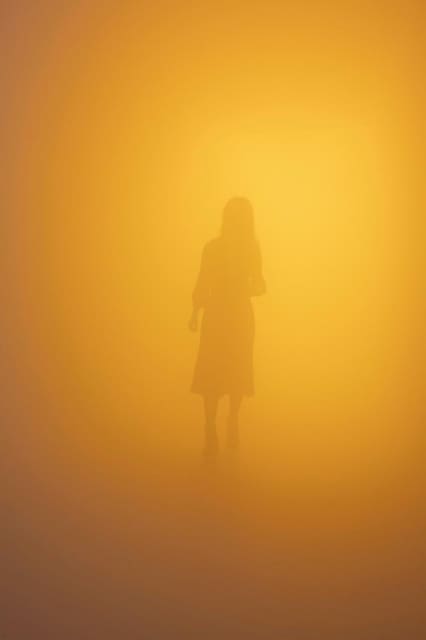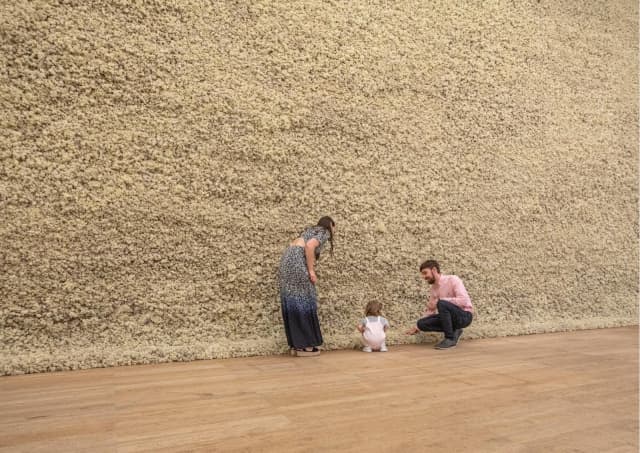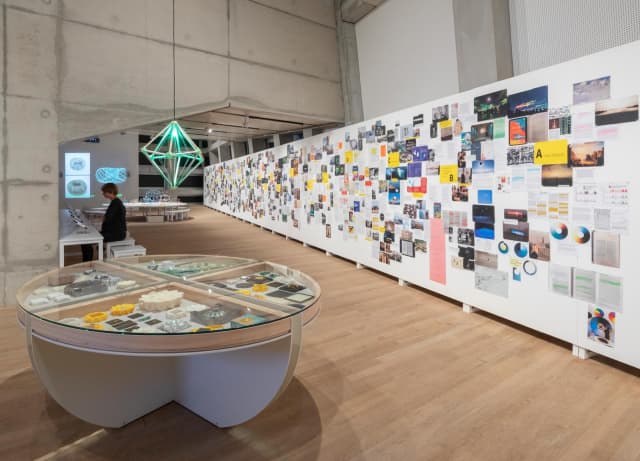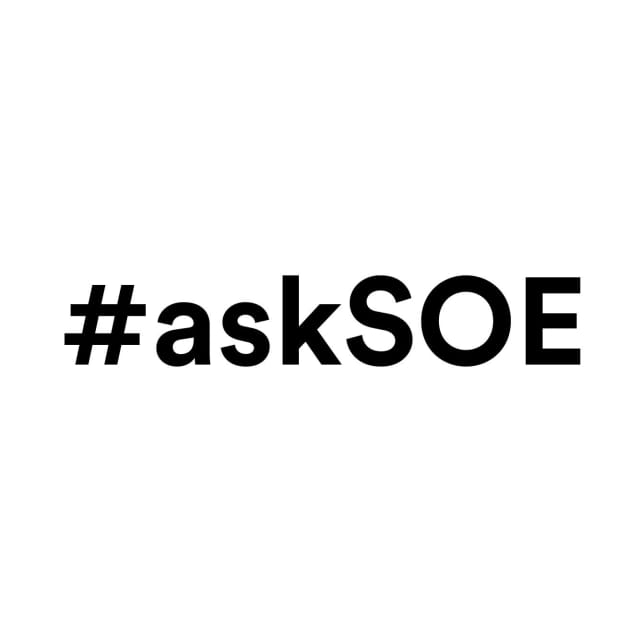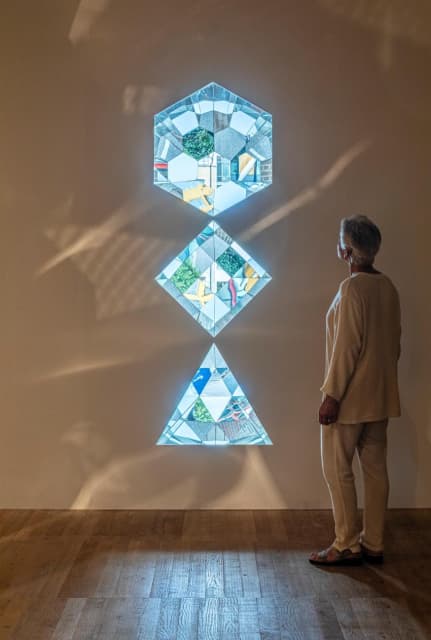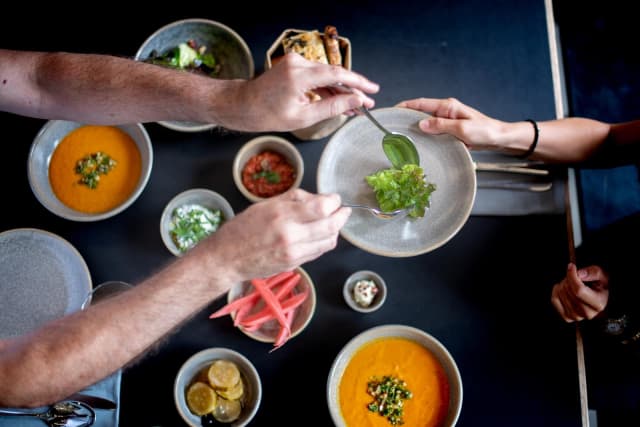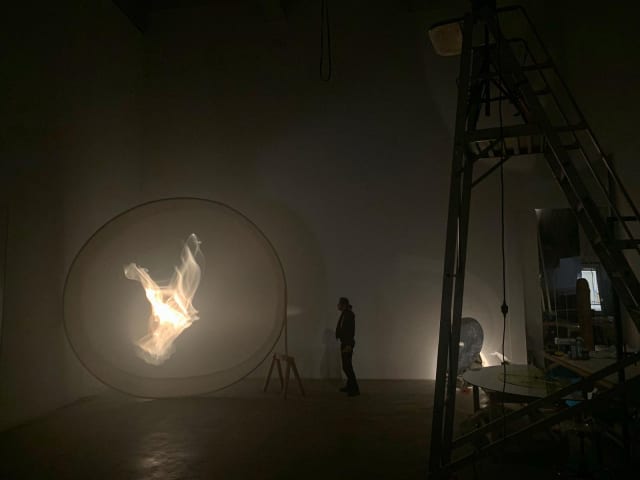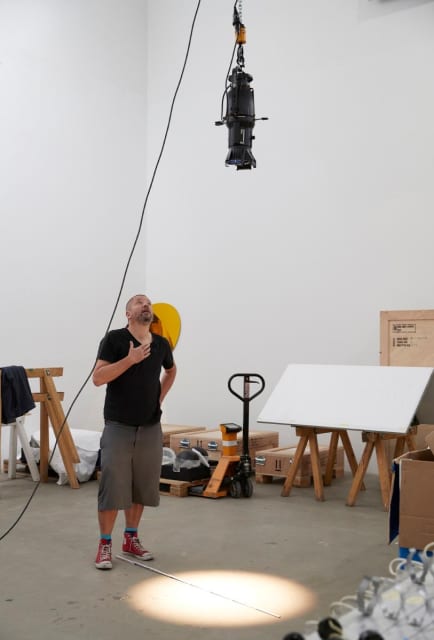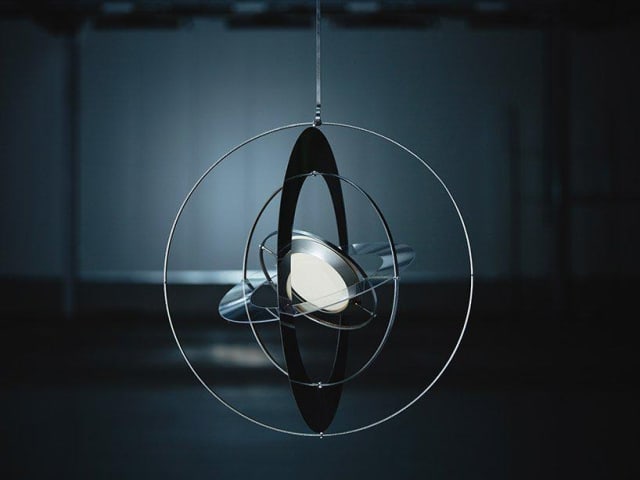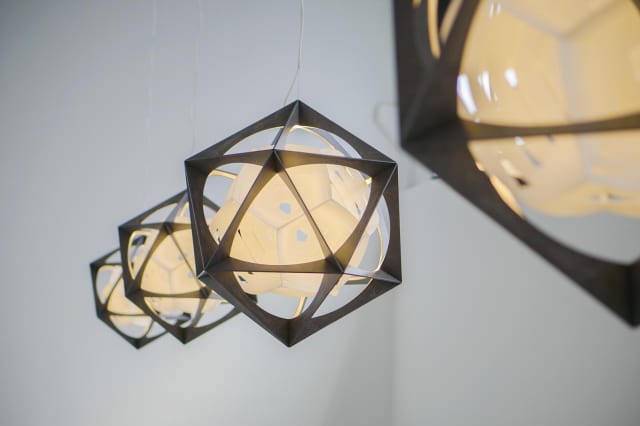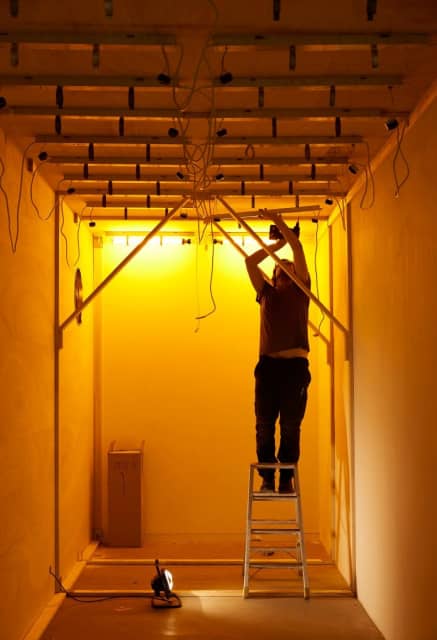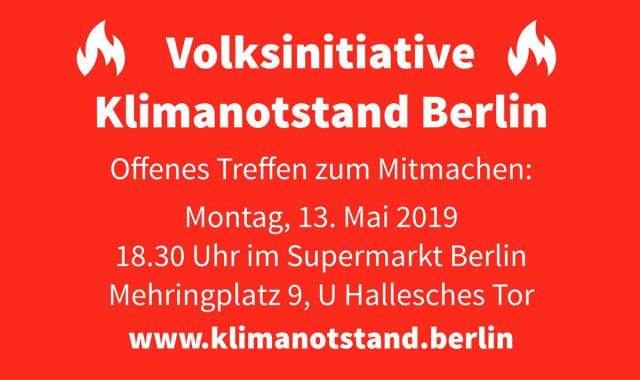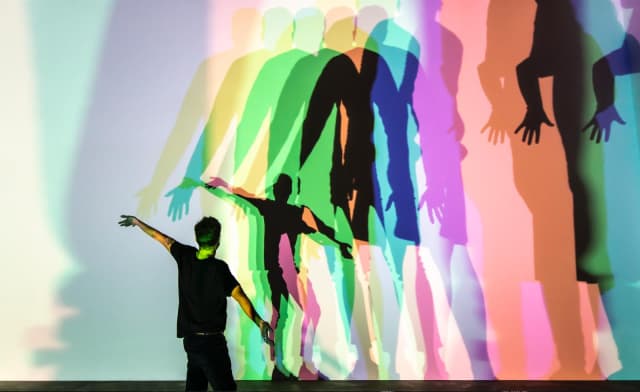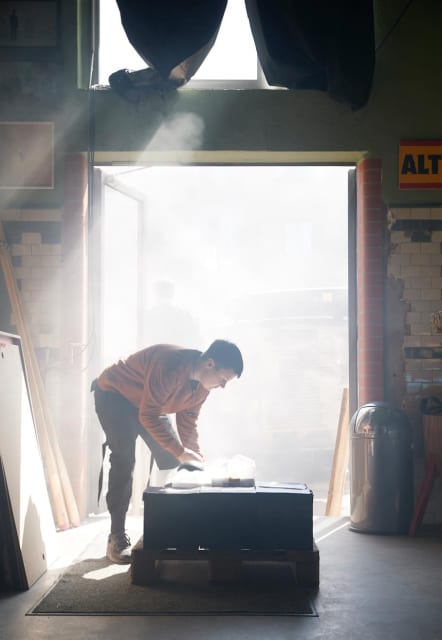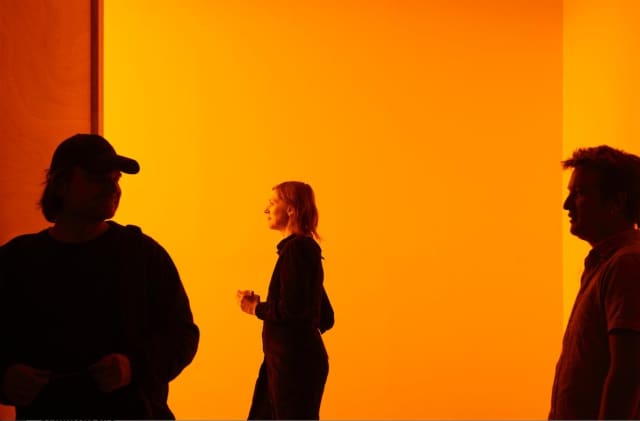On Sunday evening, the founder of the far-right Danish People’s Party (DPP) and current Speaker of the Danish Parliament, explained the loss of three DPP seats in the European Parliament as being down to ‘climate fools’ (klimatosser, in Danish). Needless to say, this comment drew vigorous responses on social media. With humour and creativity, Danes have embraced the term, readily identifying with their new climate fool identity. Interestingly, the insult contains some unintended truth: To respond adequately to the current climate emergency, we must act foolishly in the eyes of those who pursue business as usual.
The norms that we used to live by, the truths of yesterday no longer promise a glorious future of growth, wealth accumulation, and consumption. And only those brave enough to be climate fools – to transcend what was normal and what defined our lives and our societies not long ago, in order to become climate activists in ways big and small – are the ones who get this.
I myself am becoming a climate fool – and proudly so. As an artist I know the feeling of foolishness well. In art, foolishness is the condition that allows us to feel destabilised, look ourselves in the eye, embrace uncertainty, otherness, and ideas that transcend our individual lives. To not be a fool alone, but to find each other in this foolishness, suggests the foundation of a new movement, a new green European ‘we’ - Olafur
